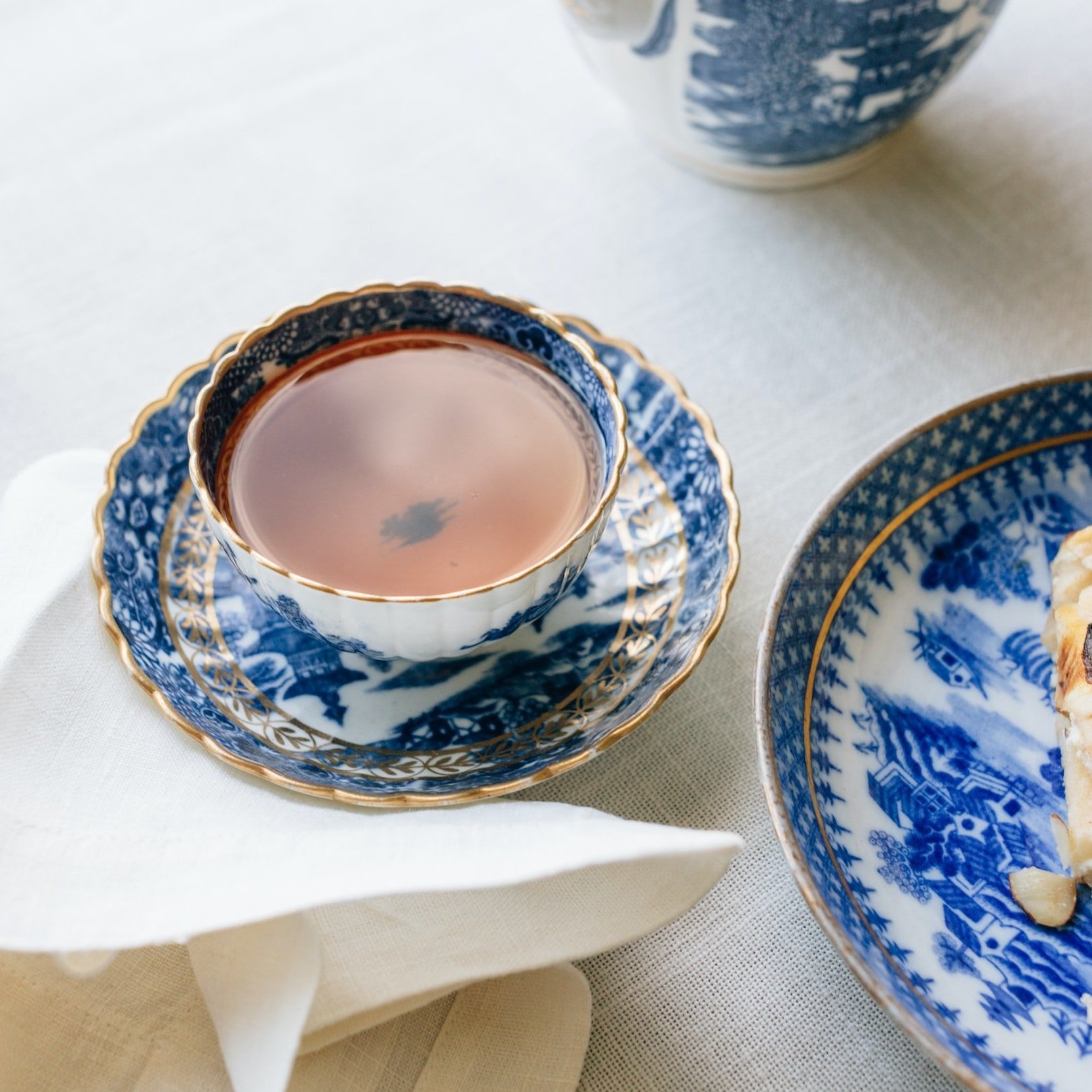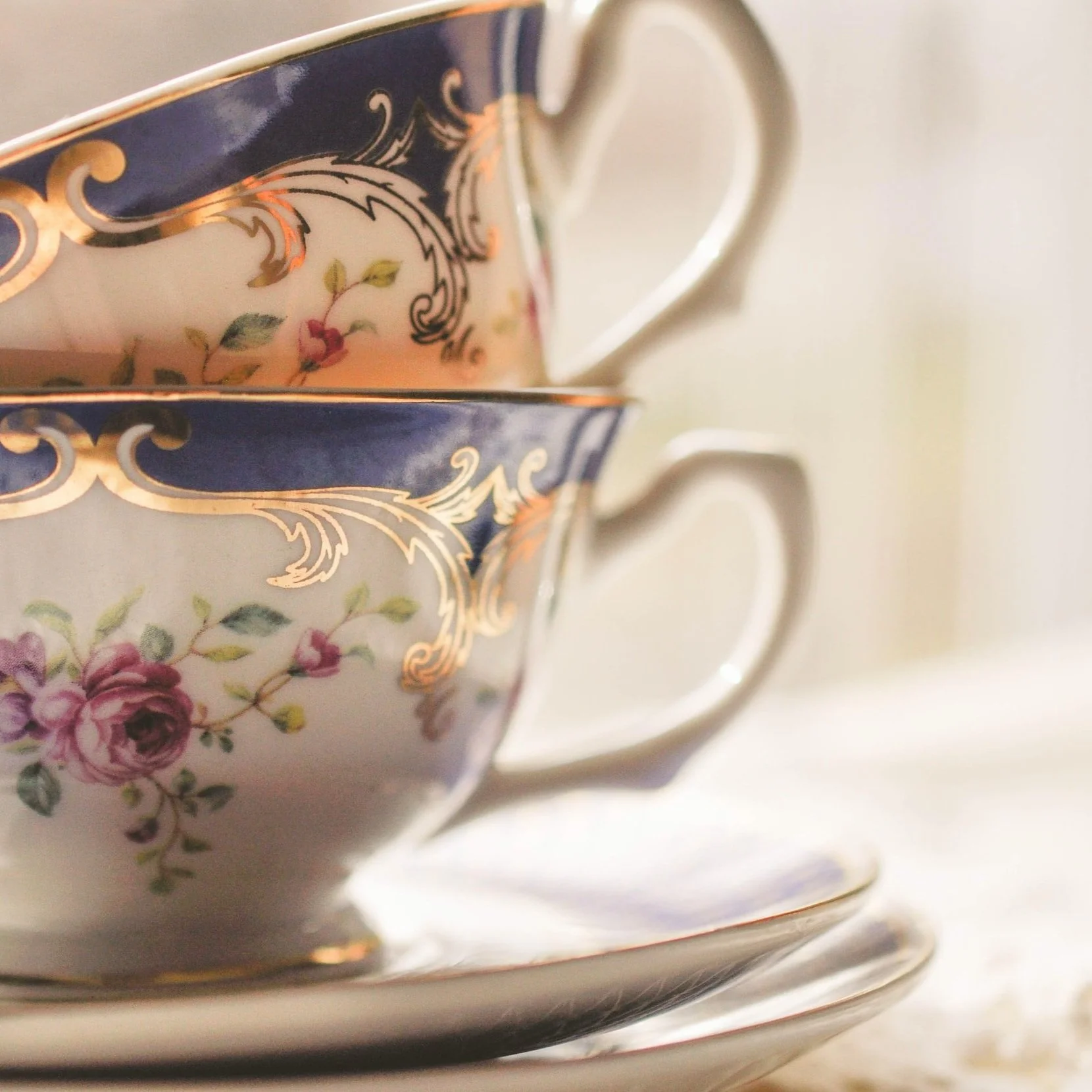The History and Origin of Bone China: A Look at the World's Finest Porcelain
Bone china is a type of porcelain that has gained worldwide popularity due to its exceptional translucency and durability. Its name originates from the fact that it is made using bone ash, a material that gives it its characteristic white color, strength, and lightweight nature. Bone china was first created in England in the late 18th century by Josiah Spode, who discovered that by adding bone ash to the clay mixture, he could produce a ceramic that was much stronger and finer than any other porcelain available at the time. Today, bone china is renowned for its timeless elegance and sophistication, making it a popular choice for high-end dining and special occasions. In this article, we will delve into the fascinating history and origin of bone china and explore what makes it such a beloved material for both collectors and enthusiasts alike.
Discovering Bone China: Uncovering the Secrets Behind its Durability and Timeless Elegance
In this article, we explore the rich history and origin of bone china, from its invention in England to its modern-day popularity as a top choice for elegant dining and special occasions.
What Exactly is Bone China?
Bone china is a type of porcelain that is made using a mixture of bone ash, feldspar, kaolin, and sometimes other additives. It is known for its high level of translucency, delicate appearance, and strength, making it a popular material for high-end tableware and decorative objects. The addition of bone ash, which is made from the calcined bones of animals, gives bone china its unique color, texture, and durability, making it one of the finest and most sought-after types of porcelain in the world.
The Fascinating History and Origins of Bone China: From England to the World's Finest Porcelain
The history and origins of bone china can be traced back to England in the late 18th century, where it was first created by Josiah Spode, a prominent ceramics manufacturer. Spode discovered that by adding bone ash to the clay mixture, he could create a porcelain that was much stronger and finer than any other type of porcelain available at the time. This breakthrough revolutionized the ceramics industry, and bone china quickly became a popular choice for high-end tableware and decorative objects due to its unique characteristics, such as its translucency and durability. Today, bone china is still considered one of the finest and most elegant types of porcelain in the world, and it continues to be cherished by collectors and enthusiasts alike.
Is Bone China Actually Made With Bones?
Bone china is made of a mixture of bone ash, feldspar, kaolin, and sometimes other additives. The bone ash used in bone china is made from the calcined bones of animals, typically cattle or sometimes other animals like pigs or chickens. The bones are first cleaned and then heated to high temperatures to remove any residual organic matter. The remaining material is then ground into a fine powder that is added to the clay mixture to create bone china. The addition of bone ash gives bone china its unique color, texture, and durability.
Is Bone China Cruelty Free?
The use of bone ash in the production of bone china has raised concerns among some individuals regarding its ethical and animal welfare implications. While bone ash is made from animal bones, it is important to note that the bones used are typically sourced from animals that are raised for their meat and not specifically for bone ash production.
Bone china is not considered vegan as it involves the use of animal-derived materials. However, some vegetarians may still choose to use bone china as they do not consume meat but may still use animal-derived products. It is ultimately up to the individual to decide whether or not they wish to use bone china based on their personal beliefs and values.
It is worth noting that there are also alternative types of porcelain available that do not use animal-derived materials, such as porcelain made from kaolin and other natural minerals, which may be a suitable option for those looking for cruelty-free and vegan-friendly alternatives.
Is Bone China Safe? Exploring the Presence of Lead and Toxins in Bone China Tableware
Bone china is generally considered to be safe and non-toxic for everyday use, as it is fired at high temperatures and does not contain any harmful substances. However, some older bone china products may contain trace amounts of lead, which can leach into food and beverages over time.
To minimize the risk of lead exposure, it is recommended to avoid using antique or vintage bone china for food and drink consumption, and instead, use it for decorative purposes only. Additionally, it is advisable to hand wash bone china rather than putting it in the dishwasher, as harsh detergents and high temperatures can damage the glaze and cause lead or other substances to leach out.
It is important to note that in many countries, including the United States and Europe, there are regulations in place to ensure that ceramic products, including bone china, are safe and meet specific standards for lead and other toxic substances. It is always advisable to purchase bone china products from reputable manufacturers and retailers that adhere to these standards to ensure their safety and quality.
Bone China: To Microwave or Dishwasher? Understanding the Safe Use and Care of Your Fine Tableware
Bone china is generally considered to be microwave and dishwasher safe, although there are some important considerations to keep in mind.
While bone china is durable and strong, it is still susceptible to cracking or chipping if subjected to extreme temperatures or rapid changes in temperature. When using bone china in the microwave, it is important to avoid heating it for prolonged periods or on high power settings, as this can cause it to overheat and potentially crack. It is also advisable to use microwave-safe covers or plates to prevent the food from splattering or spilling.
When it comes to dishwashing, bone china is generally safe to use in the dishwasher, but it is recommended to use a gentle, low-temperature cycle and avoid harsh detergents or abrasives that can damage the glaze or cause the decoration to fade. It is also advisable to avoid stacking bone china too tightly in the dishwasher, as this can cause it to chip or break.
Ultimately, it is important to read the manufacturer's instructions and care guidelines for each specific piece of bone china, as some may have specific requirements or restrictions for use in the microwave or dishwasher.
Bone China vs Fine China vs Porcelain: Understanding the Differences and Choosing the Right Material for Your Tableware
Choosing the right material for your tableware can be a daunting task, and understanding the differences between bone china, fine china, and porcelain is key to making an informed decision.
Bone China vs Fine China vs Porcelain
Bone china, fine china, and porcelain are all types of ceramic dinnerware that are popular for their beauty, durability, and elegance. Here are the key differences between these three materials:
Bone china: As we discussed earlier, bone china is made from a mixture of bone ash, feldspar, kaolin, and other additives. It is known for its thin, lightweight, and translucent appearance, and is considered to be the finest and most luxurious type of porcelain. Bone china is also known for its durability and resistance to chipping.
Fine china: Fine china is a type of porcelain that is made from a mixture of kaolin, feldspar, and quartz. It is slightly thicker and heavier than bone china, but is still considered to be an elegant and high-quality option for dinnerware. Fine china is also known for its ability to hold intricate designs and patterns.
Porcelain: Porcelain is a type of ceramic material that is made from a mixture of kaolin, feldspar, and quartz. It is known for its strength, durability, and resistance to chipping, and is often used for more casual and everyday dinnerware. Porcelain is also typically thicker and heavier than bone china or fine china.
Overall, bone china is considered to be the most luxurious and durable type of porcelain, while fine china and porcelain are more affordable and versatile options that are suitable for everyday use.
Fact or Fiction: Does Bone China Really Enhance the Flavor of Tea?
The belief that bone china makes tea taste better is a commonly held one, and there may be several reasons for this perception.
Firstly, bone china is known for its fine, lightweight, and translucent appearance, which allows the tea to be seen through the cup and creates a visually appealing and elegant experience. Additionally, the thin walls of bone china cups help to retain the heat of the tea for longer, keeping it warm and enjoyable to drink.
Another reason why some people believe that bone china enhances the flavor of tea is the unique composition of the material. Bone china is made from a mixture of bone ash, feldspar, kaolin, and other additives, which give it a unique combination of strength, durability, and translucency. The bone ash used in bone china is also believed to contain trace amounts of calcium, which can help to neutralize the acidity in tea and create a smoother, less bitter taste.
Ultimately, whether or not bone china truly makes tea taste better is a matter of personal preference and individual taste. Some people may find that the delicacy and elegance of bone china cups enhance the overall experience of drinking tea, while others may not notice a significant difference. Regardless, bone china is a timeless and luxurious material that adds an element of sophistication to any tea-drinking occasion.
Timeless Sophistication: Why Bone China Is Still a Popular Choice for Fine Dinnerware
Bone china is a luxurious and elegant material that has been popular for centuries for its beauty, durability, and unique composition. It is made from a combination of bone ash, feldspar, kaolin, and other additives, which give it a strength, translucency, and smoothness that are unmatched by other types of porcelain. While bone china has a reputation for being fragile and delicate, it is actually quite strong and can be used for everyday occasions as well as formal events. Whether you are a tea lover, a collector, or simply appreciate the beauty of fine dinnerware, bone china is a timeless and sophisticated choice that is sure to impress.
Read More Articles About Tea
It is important to note that any health advice provided in this article is for informational purposes only and should not be taken as medical advice. Always consult with a qualified healthcare professional before making any changes to your diet, exercise routine, or overall health. The information provided is not a substitute for professional medical advice.





